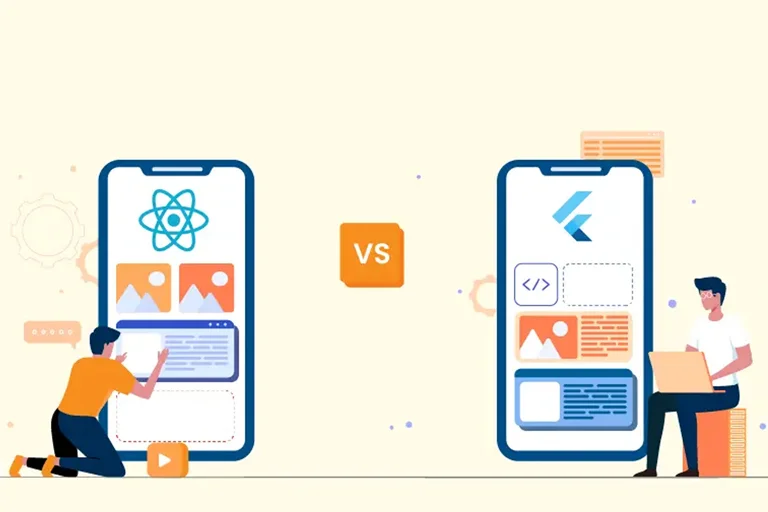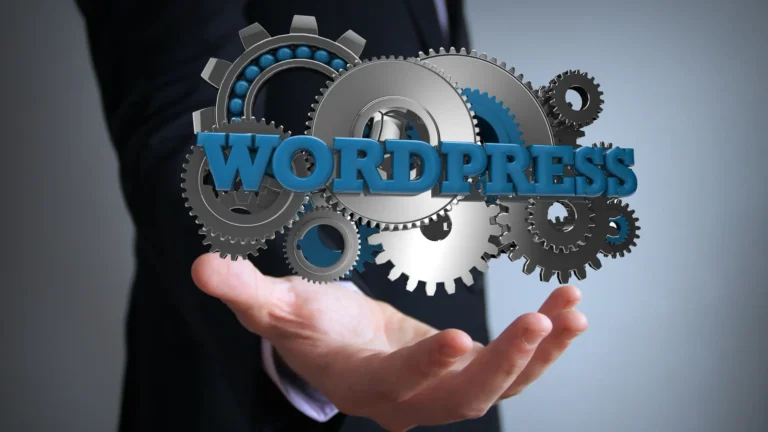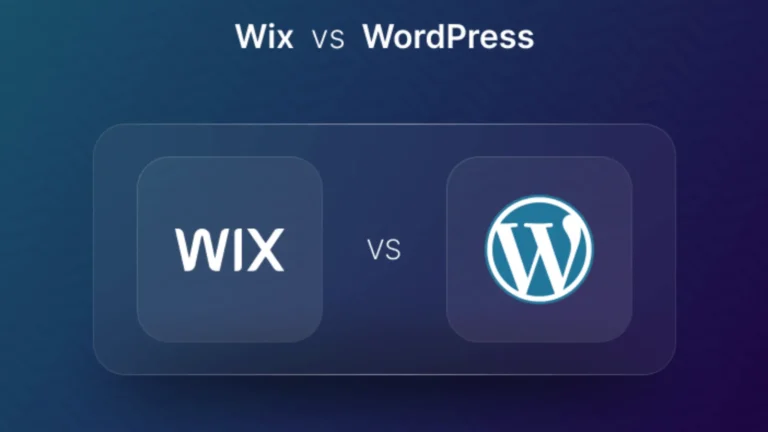1] Introduction
In the ever-evolving world of web development, Single-Page Applications (SPAs) have gained immense popularity for their ability to provide a seamless and dynamic user experience. SPAs load only once, and subsequent interactions with the application do not require reloading the entire page. This results in faster load times and a smoother user experience. To build SPAs efficiently, developers rely on robust frameworks. In this article, we will explore the top 8 Single-Page Application frameworks for web app development, helping you make informed decisions for your next project.
2] What are Single-Page Application (SPA) Frameworks?
Single-Page Application frameworks are JavaScript frameworks that enable developers to build dynamic web applications with a single HTML page . Unlike traditional multi-page applications, where each interaction with the server reloads the entire page, SPAs dynamically update content without requiring full-page reloads. This approach significantly improves the user experience by providing a fluid and responsive interface.
3] Advantages of Single-Page Application Frameworks
a] Faster Load Times
One of the primary advantages of SPAs is faster load times. Once the initial HTML, CSS, and JavaScript files are loaded, the subsequent interactions with the application only fetch data from the server. This eliminates the need to reload the entire page, resulting in reduced latency and quicker response times.
b] Improved User Experience
SPAs offer a seamless and engaging user experience. As the user navigates through the application, the content dynamically updates in the background, eliminating page flickers and delays. This leads to a more natural and immersive user experience.
c] Enhanced Performance
With SPAs, only the required data is fetched from the server, reducing the amount of data transfer and server load. This optimized approach results in improved performance, especially on slower internet connections or low-powered devices.
d] Easy Maintenance
Maintaining SPAs is relatively straightforward due to their modular structure and clear separation of concerns. Developers can work on individual components without affecting the entire application, making it easier to maintain and scale the project.
4 ] Top 8 Single-Page Application Frameworks for Web App Development
a] React.js
React.js, developed by Facebook, is one of the most popular SPA frameworks in the web development community. It offers a component-based architecture, making code reusability and maintenance a breeze. React’s virtual DOM efficiently updates only the necessary components, boosting performance significantly.
b] Angular
Angular, backed by Google, is a comprehensive SPA framework that provides a wide range of tools and features. It follows the Model-View-Controller (MVC) architecture, offering robust data binding and dependency injection capabilities. Angular is ideal for building large-scale applications.
c] Vue.js
Vue.js is known for its simplicity and ease of integration into existing projects. It offers a flexible and approachable design, allowing developers to incrementally adopt its features. Vue.js is lightweight, making it an excellent choice for fast and responsive SPAs.
d] Ember.js
Ember.js is a mature and opinionated SPA framework that emphasizes convention over configuration. It provides a set of tools and best practices, streamlining the development process. Ember.js is well-suited for large and ambitious projects.
e] Svelte
Svelte is a unique SPA framework that shifts much of the heavy lifting from the client-side to the compilation phase. During build time, Svelte compiles components into highly efficient vanilla JavaScript. This approach results in faster load times and better performance.
f] Backbone.js
Backbone.js is a lightweight and minimalistic SPA framework, suitable for smaller projects and applications. It offers the essential functionalities necessary for building SPAs, such as models, views, collections, and routers.
g] Aurelia
Aurelia is a powerful yet flexible SPA framework that focuses on clean code and extensibility. It offers a modular architecture, allowing developers to choose the specific components they need for their projects. Aurelia is known for its simplicity and excellent documentation.
h] Meteor.js
Meteor.js is a full-stack JavaScript framework that enables rapid development of SPAs. It provides real-time data synchronization and a wide range of packages, simplifying complex tasks. Meteor.js is an excellent choice for applications that require real-time updates.
More Information : A Quick Guide to MeteorJS – What it Is, and Who Should Use it
5] Comparison of SPA Frameworks
a] Performance
Each SPA framework has its own performance characteristics. While React.js and Svelte are known for their fast load times, Angular and Ember.js excel in handling complex and large-scale applications.
b] Learning Curve
When choosing an SPA framework, consider the learning curve associated with each. Vue.js and React.js are relatively easier to pick up for developers familiar with JavaScript, while Angular may have a steeper learning curve.
c] Community Support
A robust community can significantly impact the success of an SPA framework. React.js and Angular have large and active communities, ensuring a wealth of resources and support. However, emerging frameworks like Svelte and Vue.js are gaining popularity rapidly.
d] Scalability
Scalability is crucial for long-term project success. Frameworks like Ember.js and Angular are designed with scalability in mind, making them suitable for large and complex applications.
6 ] How to Choose the Right SPA Framework for Your Project
When selecting an SPA framework, consider factors such as project requirements, team expertise, and long-term goals. Evaluate the pros and cons of each framework and opt for the one that aligns best with your project’s specific needs.
Tips for Successful SPA Development
- Focus on Performance: Optimize your SPA for speed and responsiveness to ensure a smooth user experience.
- Modularize Components: Break your application into reusable and maintainable components.
- Thorough Testing: Implement comprehensive testing to identify and fix issues early in the development process.
- Use Lazy Loading: Employ lazy loading to load components on demand, reducing the initial load time.
- Mobile Responsiveness: Ensure your SPA is fully responsive and compatible with various devices.
7] Conclusion
Single-Page Application frameworks have revolutionized web app development, providing users with a seamless and interactive experience. When choosing a framework for your project, consider your specific requirements and the strengths of each framework. Whether it’s React.js for flexibility, Angular for scalability, or Vue.js for simplicity, the right choice will significantly impact your project’s success.
8] FAQs
Q1 : Are SPAs suitable for all types of web applications?
Ans: While SPAs are great for many applications, they may not be the best fit for content-heavy websites like blogs.
Q2 : Can I use multiple SPA frameworks in a single project?
Ans: It is not recommended to use multiple SPA frameworks in one project as it can lead to conflicts and complexity.
Q3 : Is Svelte more performant than React.js?
Ans: Svelte approach to compilation often results in faster load times compared to React.js.
Q4 : Which SPA framework is best for beginners?
Ans: Vue.js and React.js are considered more beginner-friendly due to their simpler syntax and vast documentation.
Q5 : How often should I update my SPA framework?
Ans: Regularly updating your SPA framework is essential to benefit from the latest features and security patches. However, ensure compatibility with your existing codebase before updating.




